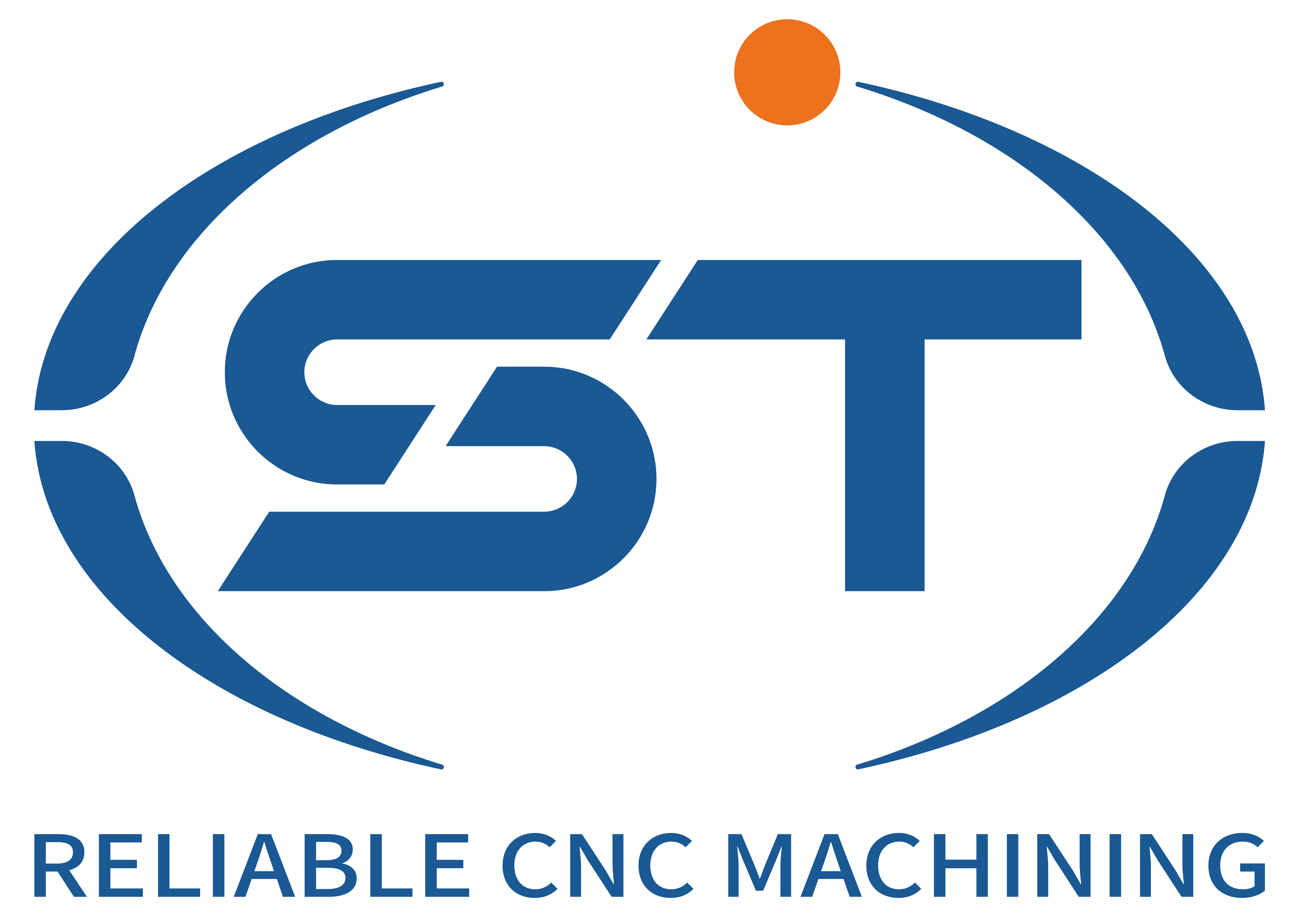Table of Contents
ToggleIntroduction: The Cost of Downtime
In the realm of Lavorazione CNC, machine downtime poses a significant threat to both financial performance and operational efficiency. Unforeseen failures or breakdowns can disrupt meticulously structured production schedules, leading to a cascading effect that hinders workflow and productivity. Considerable resources are often spent on emergency repairs, which can escalate quickly and unexpectedly. These costs can create a strain on budgets, undermining profitability and competitive positioning.
Moreover, the impact of downtime extends beyond immediate repair costs. Each moment of inactivity can result in lost revenue opportunities, as orders are delayed and customer trust may diminish with unmet delivery timelines. For manufacturers, the ability to maintain a continuous flow of operations is paramount. As such, understanding the nuances of downtime costs is crucial for businesses aiming to thrive in an increasingly competitive landscape.
To combat the detrimental effects of machine failures, organizations are turning to predictive maintenance strategies. This proactive approach leverages advanced technologies, particularly artificial intelligence, to foresee potential breakdowns before they occur. By analyzing performance data, predictive maintenance can identify patterns that signal impending issues, allowing for timely interventions. This not only minimizes the risk of unexpected machine failure but also enhances overall productivity by ensuring that machines operate at optimal efficiency.
The significance of predictive maintenance in reducing downtime cannot be overstated. By strategically planning maintenance activities based on predictive analytics, companies can allocate resources more effectively, reduce the frequency of costly repairs, and ultimately improve their bottom line. As industries increasingly adopt these advanced methodologies, the move towards predictive maintenance is increasingly viewed as a critical step in maximizing operational effectiveness while minimizing machine downtime.
Understanding Predictive Maintenance in CNC
Predictive maintenance in CNC machining refers to the strategy of utilizing data-driven insights and advanced analytics to anticipate equipment failures before they occur. Unlike traditional maintenance approaches, which typically rely on fixed schedules or reactive measures following equipment breakdowns, predictive maintenance leverages real-time data collected from various sensors and machine operating parameters. By analyzing this information, manufacturers can forecast potential malfunctions, enabling them to perform timely interventions that prevent unexpected downtimes.
In the context of CNC machining, where precision and productivity are paramount, predictive maintenance offers significant advantages. As CNC machines operate in intricate and often high-stress environments, wear and tear on components can lead to costly interruptions in production. Implementing predictive maintenance means regularly monitoring the health of the machines through techniques such as vibration analysis, thermal imaging, and oil analysis. These methods provide insights into the operational status of machinery, allowing for accurate forecasting of when maintenance should occur, based on actual machine conditions rather than arbitrary timelines.
The benefits of adopting predictive technologies in CNC machining extend beyond reduced downtime. Businesses can optimize their operational efficiency, as maintenance activities are scheduled only when necessary, rather than based on a set timeline. This not only minimizes labor costs but also conserves spare parts inventory, as replacement components are ordered based on predictive analyses rather than guesswork. Additionally, predictive maintenance fosters a proactive culture within organizations, encouraging staff to prioritize data interpretation and machine health monitoring. Overall, utilizing predictive maintenance in CNC processes enhances reliability, boosts productivity, and supports the continuous improvement initiatives that are critical in today’s competitive manufacturing landscape.
The Role of IoT in CNC Predictive Maintenance
The integration of the Internet of Things (IoT) in CNC predictive maintenance represents a significant advancement in operational efficiency and reliability. IoT devices, equipped with sensors, collect real-time data from machinery and transmit this information to centralized systems for analysis. This continuous stream of operational data enables manufacturers to monitor machine performance, detect anomalies, and predict potential failures before they occur.
One of the primary advantages of utilizing IoT connectivity in CNC operations is the ability to establish a comprehensive view of the production environment. Sensors can track various parameters such as vibration, temperature, and operational speed, providing vital insights into equipment health. This information enables maintenance teams to implement timely interventions, thereby minimizing unplanned downtime. Predictive maintenance strategies powered by IoT can significantly reduce costs associated with emergency repairs and lost production time.
Moreover, the data collected through IoT systems can enhance decision-making processes. Advanced analytics tools can interpret the data, providing actionable insights that inform maintenance schedules and operational adjustments. By leveraging machine learning algorithms, organizations can predict when specific components are likely to fail, allowing for preemptive measures. This proactive approach not only improves the longevity of CNC machinery but also optimizes overall workflow efficiency.
The synergy between IoT and predictive maintenance ultimately leads to a more agile manufacturing environment. With IoT’s real-time feedback loop, modifications can be executed quickly, ensuring that operations stay seamless and production remains consistent. As industries continue to embrace digital transformation, the role of IoT in CNC predictive maintenance will undoubtedly become more critical, paving the way for smarter operational practices that prioritize efficiency and reliability.
AI Algorithms Driving Predictive Maintenance
In the realm of predictive maintenance for CNC machines, AI algorithms have become integral in optimizing operational efficiency and minimizing downtime. Among these, machine learning and deep learning techniques stand out as particularly effective in harnessing historical data to predict machine behavior accurately. Machine learning involves the development of models that can learn from past operational data, identifying trends and anomalies that could indicate potential failures. By analyzing vast datasets, these algorithms ascertain the correlation between machine variables, such as temperature, vibration, and tool wear, and the operational output.
Deep learning, a subset of machine learning, employs multilayered neural networks to perform even more sophisticated analyses. It enables the processing of unstructured data, such as images and sound, allowing for the examination of more complex factors affecting CNC operations. This capability enhances the predictive ability of maintenance systems, facilitating the development of more accurate forecasts regarding machine failures. As a result, enterprises can allocate maintenance resources more effectively, ensuring that potential issues are addressed before they escalate into costly downtime.
Data modeling further complements these advanced AI methodologies by creating a structured representation of the machine’s operational parameters. By simulating various conditions and outcomes, predictive models help manufacturers understand the implications of different operational strategies. This proactive approach can lead to significant reductions in false positives—where maintenance is unnecessarily suggested—thereby saving time and resources. The integration of these AI algorithms not only enhances the reliability of predictive maintenance strategies but also improves forecasting accuracy, leading to more informed decision-making in the maintenance landscape of CNC machinery.
Key Data Metrics for Predictive Maintenance
Effective predictive maintenance in CNC machining relies heavily on monitoring specific data metrics that provide insights into the health and performance of equipment. Identifying the right metrics is crucial for understanding potential failures and optimizing machine uptime. Among these, vibration analysis is a leading indicator of mechanical issues. By continuously monitoring vibration levels, operators can detect anomalies that may signal impending component failures, allowing for timely interventions before severe breakdowns occur.
Another essential metric is temperature fluctuations. Equipment often operates within prescribed temperature ranges, and deviations from these can indicate issues such as lubrication failure or bearing wear. Temperature monitoring is particularly vital since excessive heat can lead to accelerated wear or catastrophic failure. By routinely analyzing temperature data, maintenance staff can implement corrective actions to mitigate risks and extend machinery lifespan.
Operational cycles, which encompass the count of machining operations and overall runtime, also play a significant role in predictive maintenance. Tracking these cycles enables organizations to establish maintenance schedules based on actual usage rather than arbitrary time intervals. This data-driven approach allows for efficient resource allocation and reduces unnecessary maintenance activities, ultimately improving operational efficiency.
In synergy, these metrics support the development of a comprehensive predictive maintenance strategy. By focusing on vibration levels, temperature output, and operational cycles, organizations can create a robust framework for predicting potential failures. Selecting relevant parameters for predictive analytics not only enhances the accuracy of diagnoses but also drives strategic decisions that foster improved machine reliability and performance. This proactive stance is essential for minimizing downtime and maximizing efficiency within the CNC machining realm.
Acoustic Emission: A Vital Tool in Predictive Maintenance
Acoustic emission (AE) is an advanced monitoring technique that plays a significant role in the realm of predictive maintenance for Computer Numerical Control (CNC) machines. This method focuses on the detection of high-frequency sound waves produced by the rapid release of energy within materials undergoing stress or deformation. These sound waves can serve as indicators of various structural defects, such as cracks or wear, that can lead to machinery failure if not addressed promptly.
In a CNC context, the application of AE technology allows for continuous monitoring of machine health. By utilizing sensors strategically placed on the machinery, AE systems can effectively capture and analyze sound waves emitted during the operational phases. This data is then compared against established baseline signals to identify any deviations that may signal potential issues. For instance, a sudden increase in AE signals could indicate impending gear failure or other critical mechanical concerns, allowing for timely interventions.
Integrating acoustic emission monitoring within a predictive maintenance framework requires careful planning and execution. Organizations must ensure they have the proper sensors and data acquisition systems capable of capturing the nuances of AE signals. In addition, it involves training personnel to interpret the data accurately and develop a robust maintenance schedule based on these insights. By combining AE with other predictive maintenance strategies, such as vibration analysis and thermal imaging, manufacturing facilities can enhance their operational efficiency significantly.
Overall, the implementation of acoustic emission technology in CNC recommends a proactive approach to machinery management. Through continuous monitoring and analysis of AE signals, businesses can minimize downtimes caused by unexpected failures, ultimately leading to increased productivity and reduced maintenance costs.
Case Studies: Successful Implementation of Predictive Maintenance in CNC
The integration of AI-driven predictive maintenance in Computer Numerical Control (CNC) environments has yielded remarkable results in various industries. One notable case study involves a manufacturing facility that specializes in high-precision components for the aerospace sector. Faced with costly unplanned downtimes, this facility implemented an advanced predictive maintenance system that leveraged machine learning algorithms to analyze data from sensors embedded within CNC machines. The challenges included identifying the right data points for analysis and overcoming resistance from staff accustomed to traditional maintenance schedules. However, following a comprehensive training program, operators began to utilize insights provided by the predictive maintenance tools.
Within six months of implementation, the facility reported a staggering 40% reduction in machine downtime. By anticipating potential failures, the engineers were able to schedule maintenance during off-peak hours, minimizing disruption and improving overall production efficiency. The proactive approach not only diminished repair costs significantly but also enhanced the reliability of the CNC machinery. Data analysis showed that predictive maintenance strategies contributed to a 25% increase in operational capacity, directly correlating with the improved uptime.
Another impactful instance of AI-driven predictive maintenance is illustrated through a company in the automotive parts industry. Here, predictive analytics was applied to hundreds of CNC machines tasked with producing intricate components. The firm faced challenges in maintaining equipment, realizing that traditional time-based maintenance protocols were inadequate. By collecting real-time operational data and applying predictive models, the company was able to shift towards a condition-based maintenance strategy. Within a year, this resulted in an impressive 30% reduction in maintenance costs and a 20% boost in overall productivity. These case studies highlight the transformative power of predictive maintenance in CNC environments, showcasing its ability to tackle real-world challenges effectively while enhancing operational outcomes.
Future Trends in CNC Predictive Maintenance
The rapidly evolving landscape of technology is significantly influencing predictive maintenance in CNC machining. One of the most promising advancements is the integration of artificial intelligence (AI) and machine learning (ML) into maintenance strategies. These technologies facilitate real-time data analysis, enabling machines to learn from historical patterns and predict potential failures before they occur. This proactive approach not only enhances the reliability of the CNC equipment but also reduces unexpected downtime. As a result, manufacturers benefit from increased operational efficiency and improved productivity.
Moreover, the Internet of Things (IoT) has started to play a transformative role in the field of predictive maintenance. By connecting CNC machines to the cloud, IoT devices gather vast amounts of data regarding the performance and condition of the machinery. This data, when analyzed in conjunction with AI algorithms, can yield insights that were previously unattainable. The integration of IoT with AI opens doors to more sophisticated predictive models that can adapt to changing conditions in real-time, making maintenance processes more efficient and responsive.
Another fascinating trend is the adoption of digital twins in CNC operations. A digital twin is a virtual representation of a physical machine, capturing its behavior and specifications. By simulating various conditions and operational scenarios, engineers can assess potential maintenance needs without interrupting actual production. This insight allows for the optimization of maintenance schedules, ensuring that interventions occur only when necessary, thus minimizing operational disruptions.
Furthermore, AI-based simulations are providing unprecedented opportunities to refine maintenance strategies. These simulations can predict the impact of various changes in production processes, helping manufacturers identify the most effective maintenance approaches. As advancements in AI and connected technologies continue to evolve, the CNC industry is likely to witness a significant transformation in how maintenance is planned and executed, leading to enhanced performance and sustainability.
Conclusion
In today’s rapidly evolving manufacturing landscape, the integration of AI-driven predictive maintenance into CNC machining systems has emerged as a critical strategy for minimizing downtime and maximizing operational efficiency. Throughout this discussion, we have explored the various aspects of predictive maintenance, highlighting its ability to forecast equipment failures and optimize maintenance schedules. By utilizing artificial intelligence, manufacturers can analyze large volumes of data to identify patterns and trends that often go unnoticed in traditional maintenance approaches.
This proactive maintenance approach not only reduces unplanned downtimes but also extends the lifespan of machines, ultimately leading to significant cost savings. The deployment of AI technologies allows for real-time monitoring and analysis of CNC equipment, empowering organizations to react swiftly to potential issues before they escalate into major problems. Furthermore, this shift towards predictive maintenance fosters a culture of continuous improvement, encouraging manufacturers to continuously refine their processes and embrace innovations.
Adopting AI-driven predictive maintenance not only enhances operational effectiveness but also positions businesses favorably in an increasingly competitive market. Companies that leverage these advanced technologies are likely to experience increased productivity, reduced operational costs, and improved product quality, which are essential for staying ahead in today’s demanding environment.
In conclusion, embracing AI-driven predictive maintenance in CNC machining is not merely an option for modern manufacturers; it is a necessity to maintain a competitive edge. As industries continue to evolve, the organizations that invest in predictive maintenance solutions will be better equipped to face challenges and seize opportunities in the dynamic manufacturing sector.




